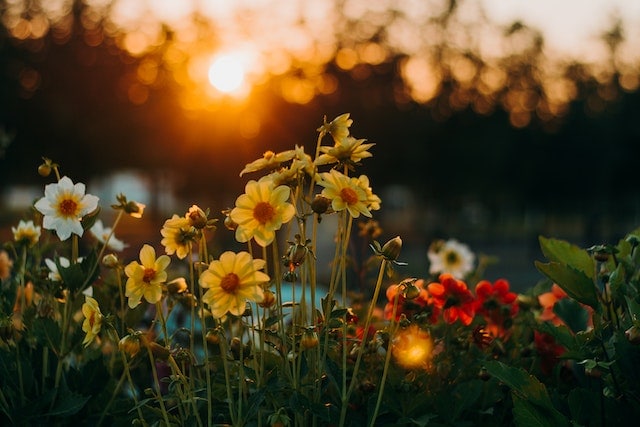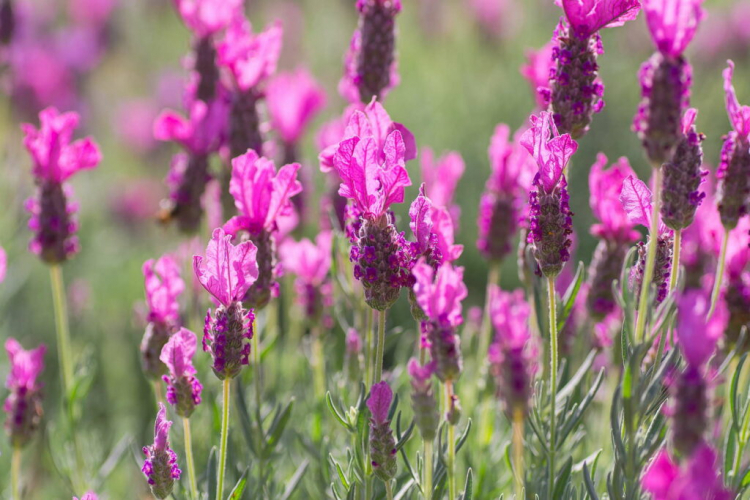Clematis Propagating: Instructions And Expert Tips
You can easily and successfully propagate clematis yourself. But what should be considered and what is the best way to go about propagating clematis?
Clematis are among the most popular climbing plants and score every year with their abundant and beautiful flowering. Instead of buying a new clematis in the garden center, the flowering buttercup plant (Ranunculaceae) can also be propagated at home without any problems. We show you how you can grow your own small clematis plant in no time.
Propagate clematis by cuttings
Table of Contents
Probably the most straightforward way of propagating plants is by pulling cuttings. It is a vegetative propagation in which genetically the same plant emerges from a cut branch. With this method, the chances of success are quite high, but to be on the safe side, several cuttings should always be pulled at the same time. To do this, proceed as follows.
Clematis cuttings: how and when to cut?
The ideal time for clematis to propagate cuttings is the time of flowering when the plant has a lot of energy. For cutting cuttings, use a shoot from the center of the plant and cut it off at a length of about 15 cm. Ideally, there is at least one eye at the lower end of the cut shoot, which is later relevant for the root formation.

Clematis Cuttings: Properly Caring For
After cutting, you should first remove all leaves from the lower part of the shoot so that they do not end up in the substrate. Then plant the cuttings in potting soil such as our Plantura organic herb & sowing soil, so that the majority of the branch is underground. A translucent hood ensures a humid and warm climate during root formation. Always keep the substrate moist and wait a few weeks for new roots to form.
A little tip: Applying rooting powder before planting helps to accelerate root formation.
Learn more about Fertilizing Clematis
Sow and propagate clematis
If you have a lot of stamina, you can also try sowing clematis seeds in addition to rearing cuttings. However, cultivation can take longer than a year and sometimes requires a lot of effort. For cultivation, sow the seeds in potting soil and cover them only lightly with the substrate. The pots should always be kept moist and provided with a translucent cover to create a suitable climate under the hood.
You might so like: Philodendron Scandens: Varieties, Care And Propagation
Nevertheless, ventilate from time to time so that mold does not form. Exposure to frost during winter is important for germination, so the pots should be left in the cold throughout winter. With a little patience, the first plants will sprout after a long wait and you can look forward to your own clematis.

You might so like:






